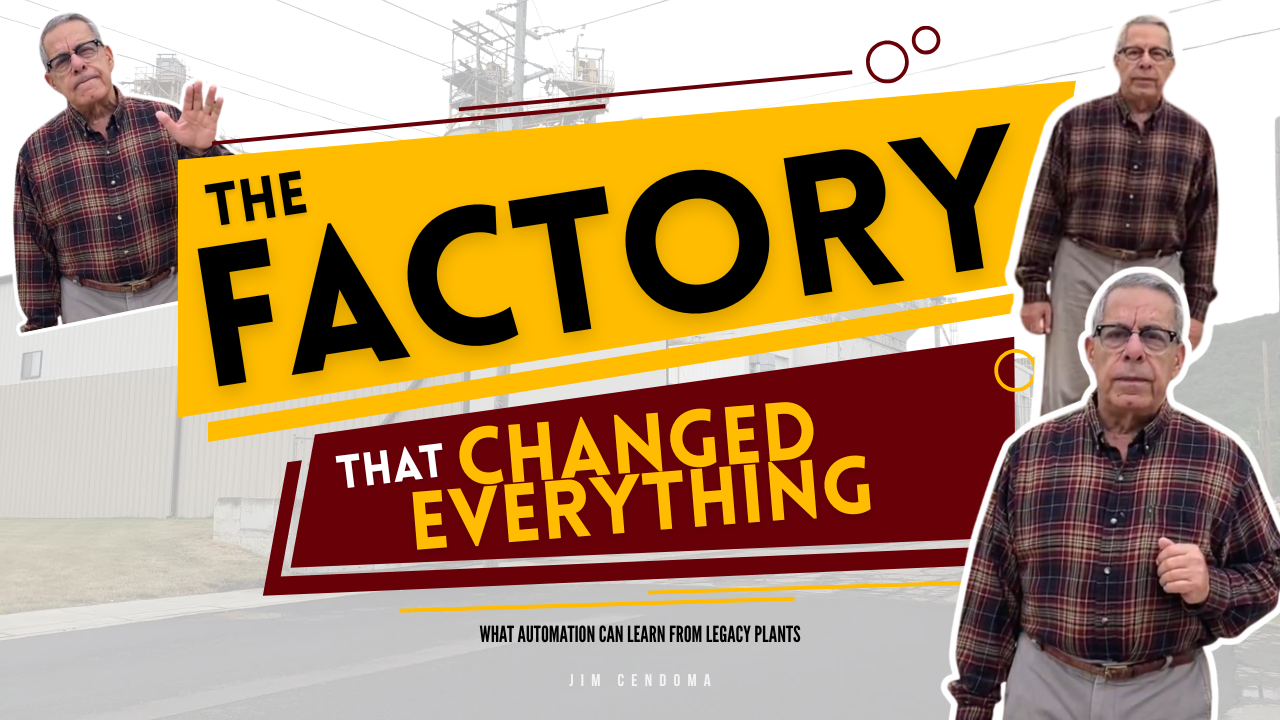
The Final Step Toward Long-Term Success
In entrepreneurship, getting started is exciting. Scaling is challenging. But sustaining success — that’s where the real test begins.
In this fifth and final part of The Five Essential Elements to Start, Grow, and Sustain a Business, Jim Sindoma explores what it takes to make a business sustainable — not just profitable or repeatable, but enduring.
Filmed in Corning, New York, near the last remaining glass manufacturing plant — the birthplace of Jim’s entrepreneurial story — this lesson connects the wisdom of old industries with the mindset of modern entrepreneurship.
1. What Makes a Business Truly Sustainable?
Sustainability isn’t just about being profitable. It’s about whether your business can thrive without you.
Try this: take a 30-day vacation.
When you return, is your business thriving or struggling?
If it collapses without your constant oversight, then you don’t own a business — you own a full-time job.
Sustainability means your business continues to function, grow, and generate value, even in your absence. That requires two things: strong systems and strong people.
2. Systems Are Easy — People Are Hard
Automation, standard operating procedures, and digital systems can streamline operations. But without reliable, empowered people, even the best systems fail.
“The systems were the easy part,” Jim admits. “Getting the people was the real challenge.”
Building a sustainable business means developing leadership within your team. When others can make good decisions without you, that’s when your company becomes resilient.
3. Sustainability Requires Maintenance
No business is ever 100% hands-off.
Every organization — from startups to Fortune 500 companies — needs periodic maintenance.
Some businesses can go months without major issues; others need daily supervision. The key is predictability. Create maintenance schedules and accountability systems so problems are addressed before they grow.
4. Financial Sustainability: Making Money Work for You
Once your operations are steady, sustainability becomes a financial question: what do you do with the profits?
Many entrepreneurs never move beyond spending — they reinvest poorly or consume their gains. True sustainability comes when your money starts generating more money.
In Jim’s words:
“There are three things you need to learn about money:
- How to make it.
- How to spend it.
- How to make it work for you.”
The third step — investing — is where financial planners become essential. Jim recommends finding trusted advisors, like his own partners at H&H in Corning, NY. Interview at least three, and make them prove why they deserve to handle your future.
5. The Five Elements Recap
Jim’s complete entrepreneurial framework includes:
– Resources – Build and prioritize your network.
– Market – Solve real problems with measurable demand.
– Profitability – Know your margins and protect them.
– Repeatability & Scalability – Build systems that grow efficiently.
– Sustainability – Ensure your business and finances can thrive without you.
Conclusion: Build Beyond Yourself
Sustainability is the final measure of business maturity. It’s not about working less — it’s about creating systems, people, and investments that let your work outlast you.
When your business can sustain itself — when you can walk away and it continues to thrive — you’ve reached the true goal of entrepreneurship: freedom through structure.
Watch the full video here:https://youtu.be/7MJqx_yH2FA

